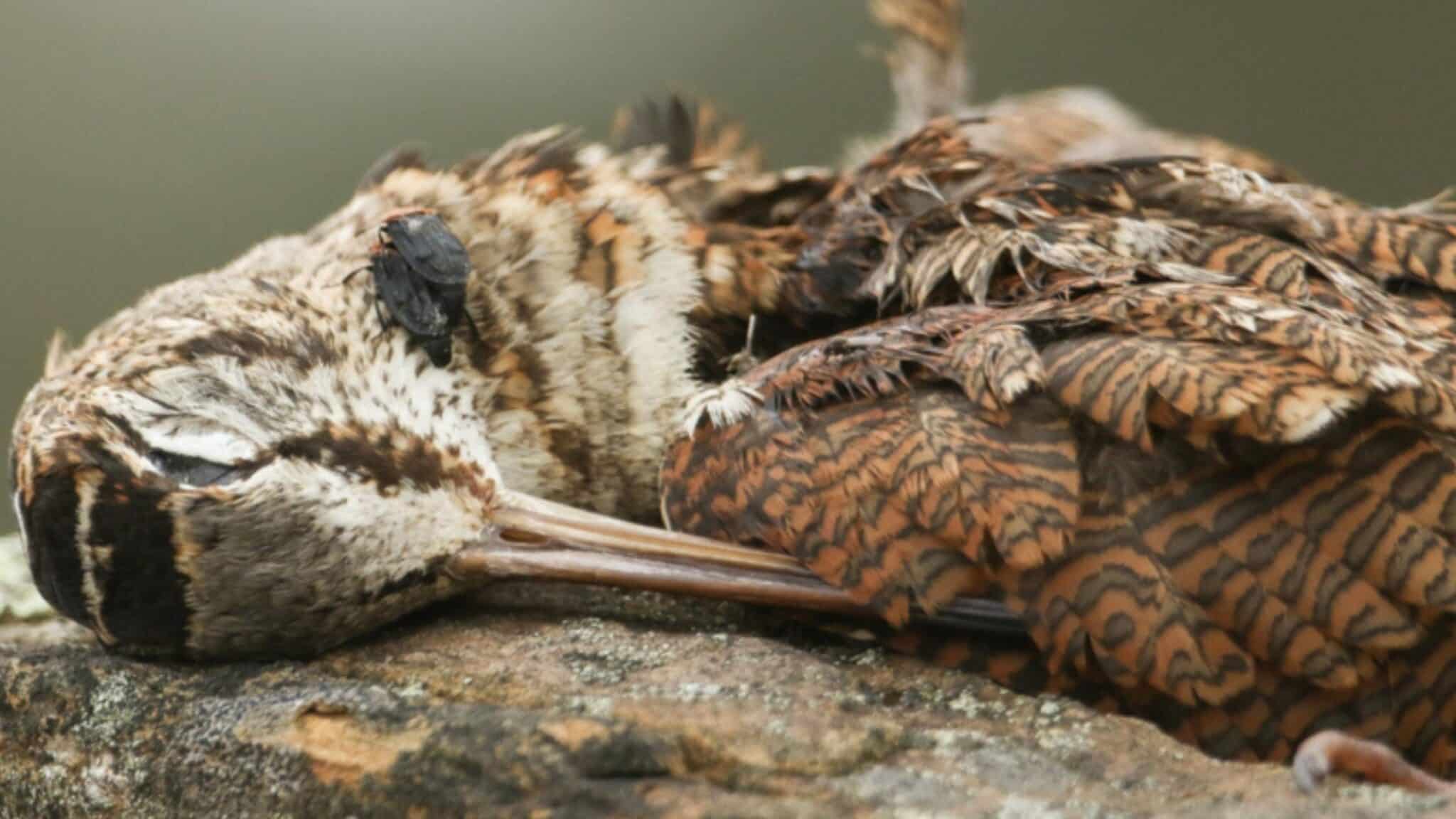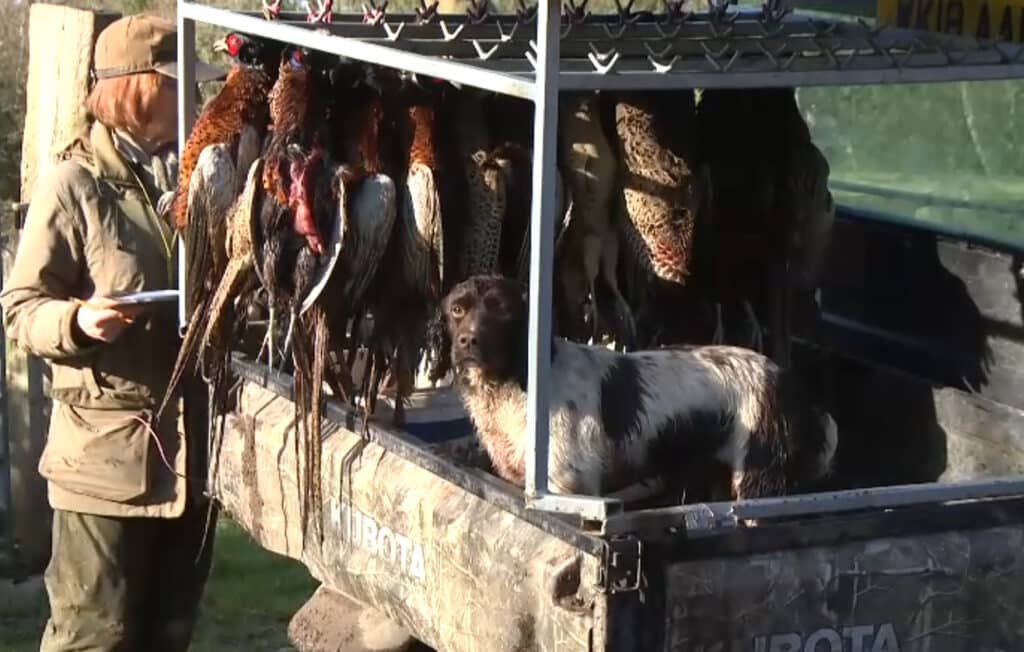The vast majority of birds that breed in or regularly visit the UK are rightly protected by law and can not be harmed or killed at any time of the year.
For those unfortunate species that were long ago declared as ‘game’ or ‘quarry’ though (and there are no biological reasons for the choices that were made) there are set periods within the year (originally laid down in the Game Act 1831) when they are legally allowed to be killed.
For most species these so-called ‘seasons’ start between the middle of August (the ‘inglorious 12th’ when Red Grouse can be killed again) and the 1st of September (both partridges) and the 1st of October (the day that what remains of the 40 million pheasants released every year that haven’t died in breeding pens or in traffic accidents turn into live targets for shooters). Most legal bird ‘sport’ (and, no, we don’t think shooting birds is a sport) shooting will end on January 31st or February 1st.

Conservation
Some shooters like to claim that allocating ‘seasons’ and not killing birds during their nesting periods (typically in the spring, when species are attempting to rebuild their numbers after the hardships endured during winter or on migration), makes them ‘conservationists’.
The truth is more simple.
Landowners realised centuries ago that if they killed, for example, every single grouse or partridge on their land and didn’t allow them a chance to breed there would be nothing to kill later in the year. And for the species that don’t breed here in large numbers anyway but which shooters still like to kill, notably wild geese and some shorebirds like the declining and red-listed Woodcock which mostly arrive here in the winter from their breeding grounds, shooters had little choice but to wait to kill them then…
Which sounds far more like selfish opportunism than conservation.

Shooting ‘seasons’
While we might be relieved (on behalf of our birds) that shooting is more or less over for a few months, just think for a moment about the concept of a shooting ‘season’ itself.
Surely, very few of us would disagree that having a set period when birds that are protected at other times of the year should overnight become ‘targets’ makes no sense at all.

